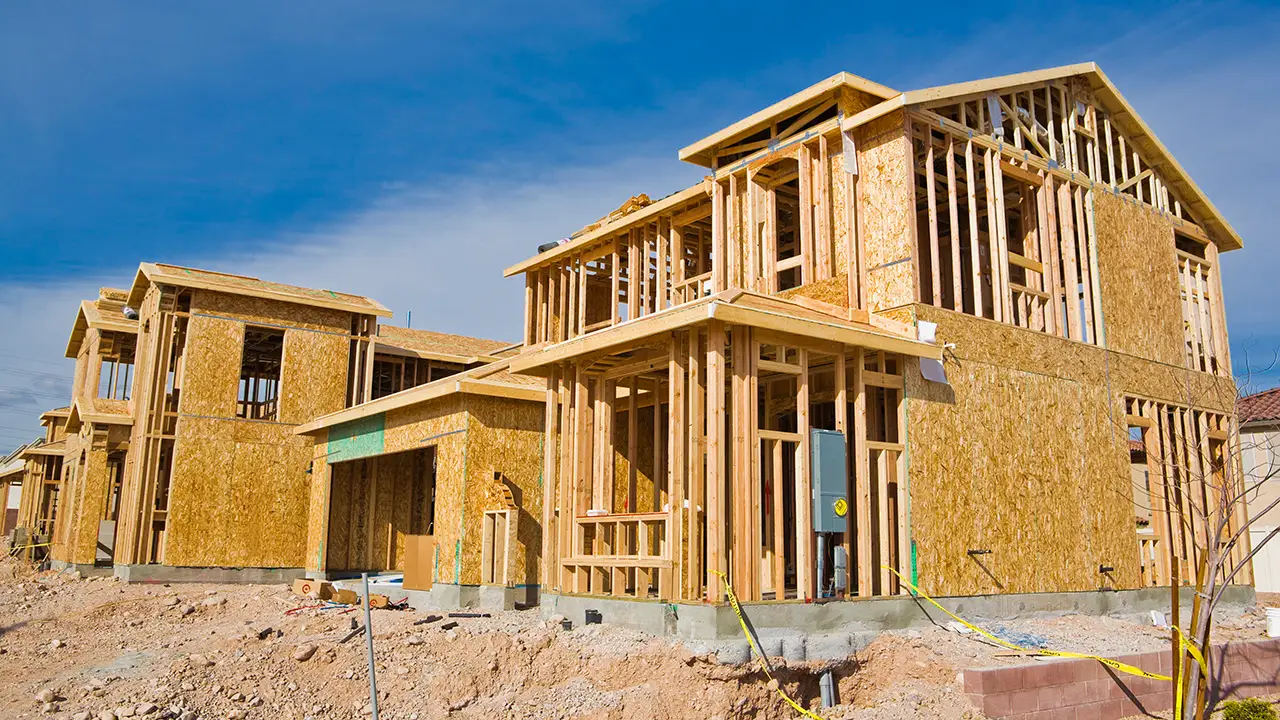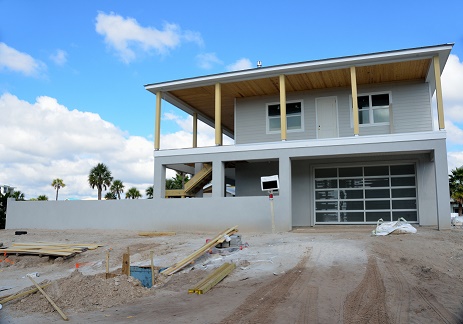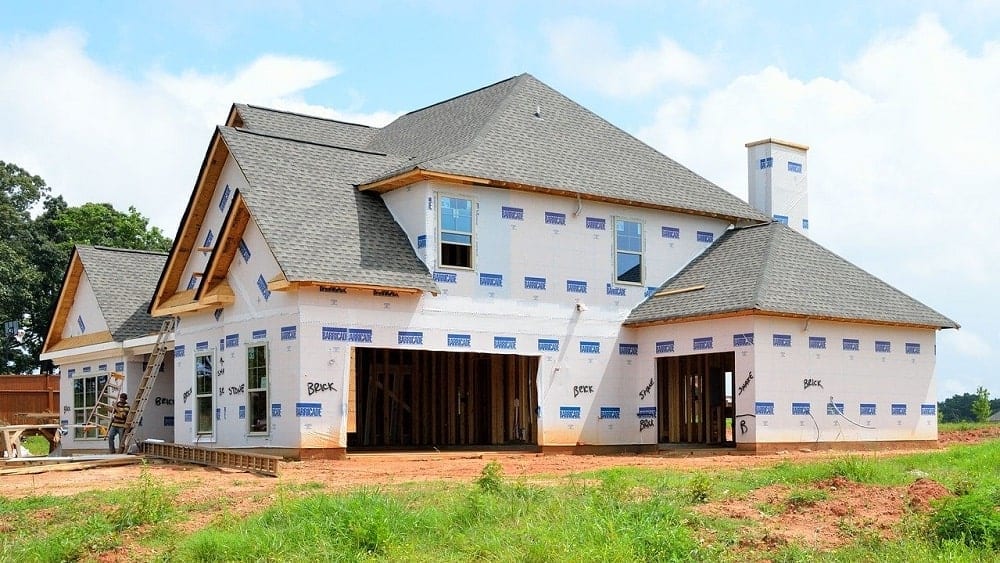Top Quality Kitchen Remodeling Indiana to Upgrade Your Food Preparation Space
Top Quality Kitchen Remodeling Indiana to Upgrade Your Food Preparation Space
Blog Article
Exactly How a General Specialist Can Change Your Usual Locations Into Practical Areas
The makeover of usual locations into useful rooms is a nuanced procedure that needs a basic service provider's know-how in analyzing specific neighborhood needs and designing tailored options. By considering factors such as format, availability, and aesthetic appeal, a specialist can produce environments that not only serve useful purposes but additionally foster area involvement. Via efficient job monitoring and adherence to high quality standards, these remodellings can dramatically boost customer experience. Yet, the details associated with balancing design and functionality elevate crucial concerns concerning best practices and potential obstacles that advantage additional exploration.
Assessing Current Common Location Demands
When examining usual areas, it is important to identify and recognize the specific requirements of the area they offer. This process starts with a comprehensive evaluation of existing usage patterns, which entails gathering information walking web traffic, top use times, and tasks occurring within these spaces. Involving with area participants via studies or meetings can supply beneficial understandings into their preferences and difficulties.
Following, it is very important to think about the group make-up of the area, consisting of age, lifestyle, and any special requirements that may influence how these spaces are utilized. For example, family members with young kids may need backyard, while older grownups might prioritize availability features.
Furthermore, evaluating the existing framework and services is essential. Identifying locations that are underutilized or in need of fixing can educate prospective enhancements. Teaming up with stakeholders, such as residential or commercial property managers and neighborhood companies, makes sure that the evaluation reflects a thorough understanding of the area's requirements.
Inevitably, a careful evaluation of existing typical area requires lays the groundwork for reliable makeovers, permitting the production of areas that foster involvement and enhance the general quality of life within the area.
Designing for Capability and Visual Appeal
A comprehensive understanding of area needs establishes the phase for reliable design that stabilizes functionality and appearances alike areas. Effective design needs a thoughtful method that considers both the functional uses the area and the aesthetic charm that boosts the setting.
Useful style involves developing areas that deal with the particular activities and interactions of the community. This may consist of versatile seating setups for gatherings, obtainable pathways for people with movement obstacles, or designated areas for entertainment activities. Each aspect has to serve a purpose while making certain ease of motion and convenience for customers.
The selection of colors, products, and lights can considerably influence the assumption of a room. Furthermore, lining up the design with the neighborhood's social identification can promote a sense of belonging and satisfaction.
Budgeting and Source Allocation
Efficient budgeting and source allotment are important components in the effective makeover of typical areas. A well-defined spending plan details the monetary parameters within which the task must run, making certain that expenses are regulated and sources are successfully used. This starts with a comprehensive analysis of project needs, including style components, materials, and labor.

A basic specialist plays an essential function Get the facts in this phase, collaborating with stakeholders to develop realistic budget plan estimates that straighten with the designated vision. By prioritizing vital functions and exploring cost-efficient options, the professional can enhance spending without endangering high quality.
Resource allowance entails tactically assigning workers, equipment, and products to various phases of the task (Carmel In Contractor). This needs cautious preparation to make certain and prevent delays that each element you can look here is supplied on schedule. Furthermore, regular tracking of expenditures versus the budget helps to recognize prospective overruns early, permitting timely changes
Managing Building Refine Efficiently
Handling the building process effectively is crucial for achieving timely project completion and preserving budget plan stability. A well-coordinated technique involves thorough preparation, clear interaction, and reliable source management. General contractors must establish a detailed project timeline that lays out each stage of building and construction, enabling the recognition of prospective bottlenecks and crucial turning points.
Routine development meetings are essential for keeping all stakeholders notified and lined up. These meetings promote the prompt resolution of problems, making sure that the job stays on track. Additionally, making use of task management software program can enhance communication, track progress, and manage paperwork, reducing the probability of misunderstandings and hold-ups.
Effective source allocation is also extremely important. By making sure that materials, labor, and equipment are available when required, general professionals can prevent pricey disturbances. Executing a proactive technique to risk administration additional boosts effectiveness, as it permits the identification and reduction of potential challenges prior to they escalate.

Making Certain Conformity and Top Quality Criteria
Conformity and quality requirements are basic to the success of informative post any type of construction job, making certain that the finished areas not only fulfill customer expectations however likewise follow regulatory demands. A basic contractor plays a critical duty in enforcing these criteria throughout the building process.
First, it is crucial for the professional to stay upgraded on regional building regulations, safety policies, and market finest methods. This expertise allows them to guide design options and material options that align with compliance standards. Regular examinations and high quality evaluations throughout the building and construction stage help to recognize possible concerns early, minimizing pricey delays and remodel.
In addition, a respectable basic specialist promotes a culture of high quality among workers and subcontractors. This can be attained by giving training on compliance protocols and executing strict quality assurance procedures. By establishing clear communication channels, the service provider can make certain that everyone involved recognizes their duties pertaining to conformity and quality.
Conclusion
To conclude, the duty of a general contractor in changing typical areas right into practical spaces is crucial. Via an extensive analysis of area requirements, thoughtful design, thorough budgeting, and effective project monitoring, these experts can create settings that improve functionality and visual charm. Adherence to compliance and top quality criteria further guarantees that renewed areas not just meet the assumptions of stakeholders but additionally foster engagement and improve the general experience for all users within the area.
The change of usual areas right into practical spaces is a nuanced process that calls for a general professional's competence in assessing certain community requirements and making customized solutions. By thinking about variables such as layout, accessibility, and aesthetic charm, a contractor can produce atmospheres that not just offer functional objectives but likewise foster area engagement. General contractors should develop a thorough project timeline that describes each stage of construction, allowing for the identification of potential bottlenecks and vital landmarks.

Report this page